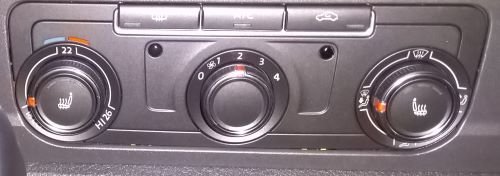2000w only use now and then for off grid microwave and also the travel kettle...
Hmm, even your alternator isn't going to run that alone then. I think you only have two real options (or three if you include give up and use gas for cooking!):
1) Invest in some monster lithium setup, likely not very cost effective for now and then usage.
2) Basically go back to the setup you had before, buy an AGM leisure battery to match your starter and use a simple split charge relay as your T5 had. This has some downsides, your leisure generally won't charge past 80% and charge will swing around between your starter and your leisure when driving depending on what's charged up the most. However, with the engine running your inverter will effectively be able to pull from two AGM batteries (starter and leisure) and the alternator in parallel which is basically what you had before. Make absolutely sure all your wiring and fusing it up to it though, that's a lot of current flowing around!


